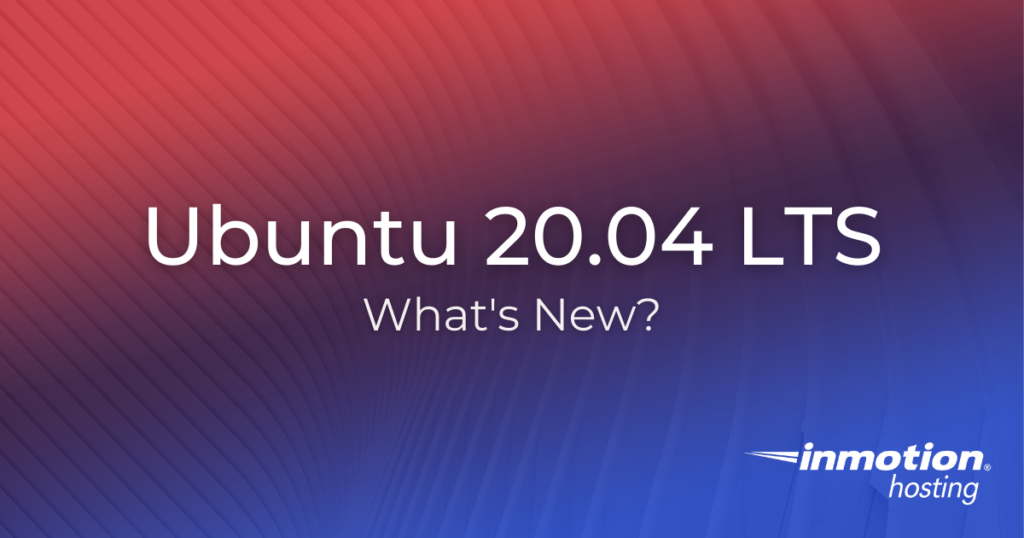
Whenever a new version of an existing piece of software is released, it is important to understand how the new software compares to the current version. In the case of Linux operating systems (also known as distros), a new version can mean new features, bug fixes, security updates, and much more. In this article, we will be discussing Ubuntu 20.04 LTS and how it differs from previous versions of Ubuntu.
Topics Include:
Experience unrestricted processing power on state-of-the-art hardware and your preferred operating system with Bare Metal Hosting!
Ubuntu, Debian, OpenSUSE, or Load your own OS
Unmanaged Hosting
Perfect for SysAdmins
Dedicated Resources
Refreshed Yaru Theme
One of the first things you’ll notice about Ubuntu 20.04 LTS is that the popular Yaru theme first seen in Ubuntu 18.10 is now standard for all machines using 20.04 LTS. This theme offers improved UI compared to previous versions while retaining the unique aesthetic associated with Ubuntu-based platforms. This new theme also contains options for “Light”, “Dark”, and “Standard” appearance modes, adding another element of customization to the Ubuntu experience.
GNOME 3.36
Since Ubuntu 17.10, the default desktop environment for Ubuntu has been the GNOME Shell. This trend continues in Ubuntu 20.04 LTS, with GNOME 3.36 being the latest iteration. The new features include visible changes such as a “Do Not Disturb” toggle for notifications, as well as less visible changes such as performance enhancements and bug fixes. New login and lock screens enhance the aesthetics of important system functions, and the system now allows for the quick suspension of applications through the UI. In total, the new GNOME desktop environment will provide better performance and stability for your Ubuntu installation.
ZFS and zsys
While Ubuntu 19.10 offered experimental support for installing onto a ZFS-formatted file system, this feature is now natively included in Ubuntu 20.04 LTS. This newer version of ZFS offers hardware-enabled encryption, device removal, and pool trim. In addition to ZFS, Ubuntu 20.04 also includes zsys, which integrates ZFS and Ubuntu, and allows for snapshots to be taken during updates or software installations. These snapshots are then stored and can be used to roll back the computer to a previous state. In summary, Ubuntu 20.04 LTS offers better support for systems with pooled memory than previous versions of Ubuntu.
Now that you’re familiar with Ubuntu 20.04 LTS, check out some other Linux distros!